When it comes to garden design, straight lines and rigid layouts often dominate the landscape. While they may bring a sense of order, they can also feel overly structured or monotonous. This is where wavy flower beds come in, adding rhythm, softness, and movement to outdoor spaces. Inspired by the curves of rivers, hills, and natural landscapes, wavy flower beds break away from predictable geometry and bring a flowing, organic feel to any garden.
These designs are not just about visual appeal—they also create unique planting opportunities. Their gentle curves allow you to showcase plants in different groupings, create subtle focal points, and guide the eye along an engaging path. In this article, we’ll explore the beauty and benefits of wavy flower beds, provide design ideas, discuss plant choices, and share practical tips to help you incorporate this style into your own garden.
The Appeal of Wavy Flower Beds
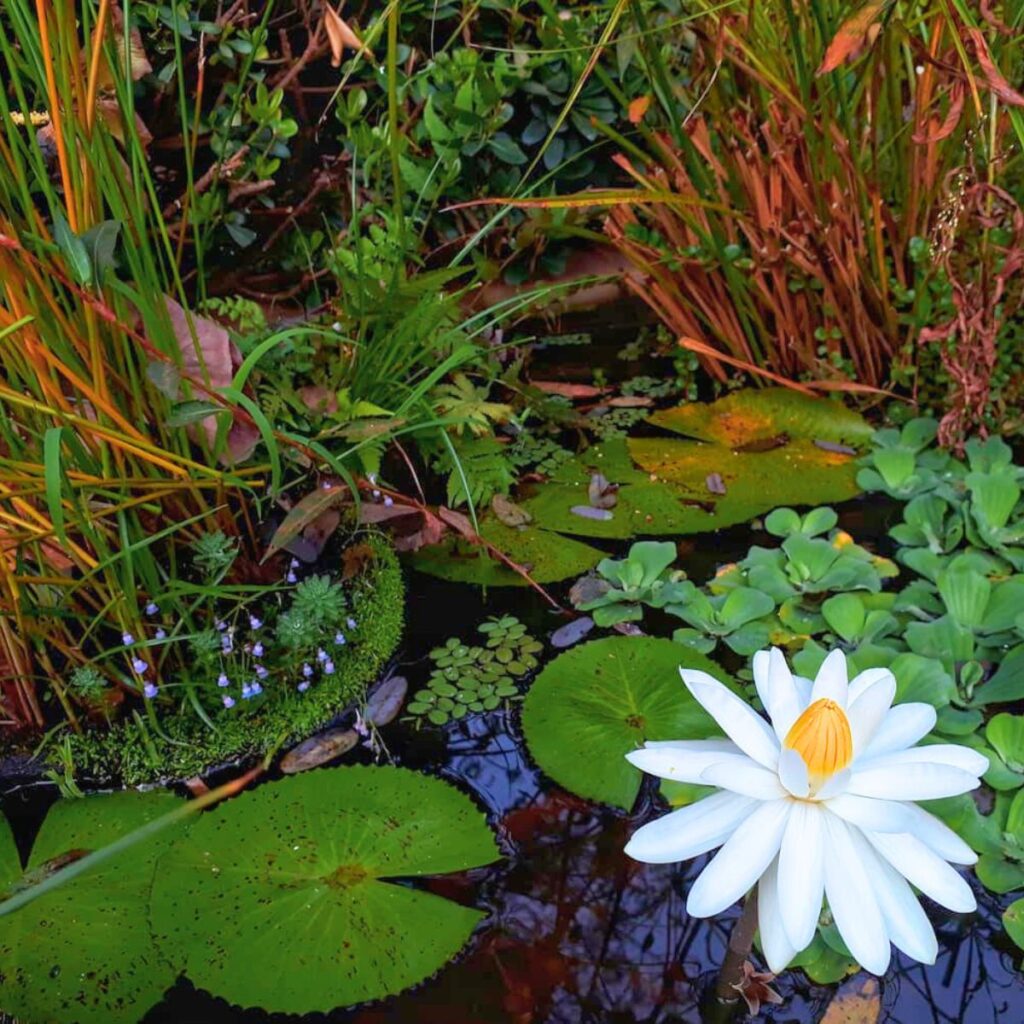
- Natural Aesthetics – Wavy flower beds mirror the curves found in nature, making them feel relaxed and harmonious rather than rigid or artificial.
- Softens Hardscapes – They balance the hard lines of pathways, fences, patios, and house foundations with smooth, flowing edges.
- Dynamic Flow – The curves create movement, leading the eye naturally across the garden. This makes even small spaces feel expansive and lively.
- Versatility – Wavy beds can fit into any garden style—from rustic cottage gardens to sleek, modern landscapes.
- Creative Planting Zones – The varying depth and width of curves allow you to play with layers, colors, and textures in unique ways.
Design Ideas for Wavy Flower Beds
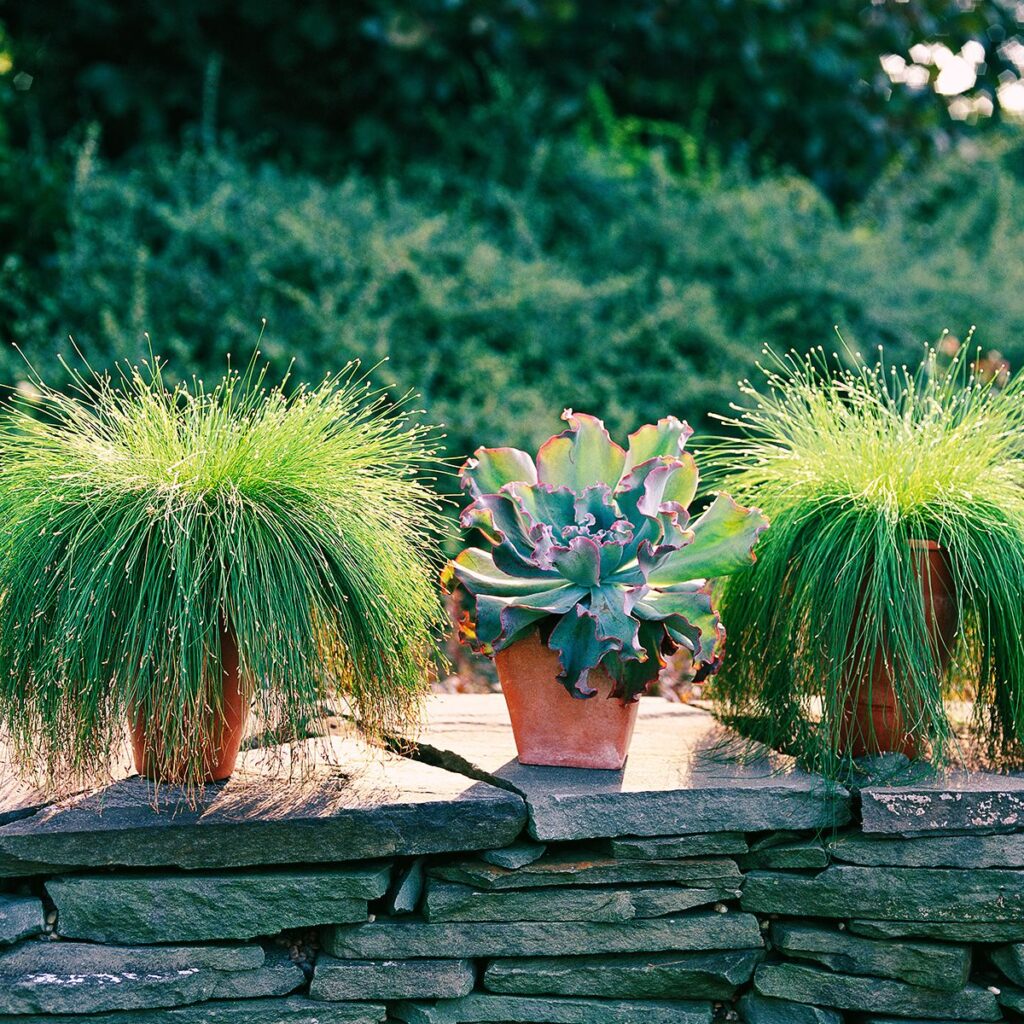
Creating a wavy bed is all about embracing curves and finding ways to make them look natural within your space. Here are a few inspiring approaches:
1. Gentle Meadow-Style Waves
Imagine a garden bed that looks like rolling hills. Plant tall grasses like fountain grass or switchgrass at the back, colorful perennials such as echinacea or black-eyed Susans in the middle, and low-growing flowers like creeping phlox along the edges. This creates the illusion of waves moving through a meadow.
2. Curved Borders Along Pathways
Instead of keeping a straight-edged border, line your walkway with gently curving flower beds. Use flowing plants like daylilies, hostas, or lavender that spill over the edges to reinforce the softness.
3. Wave-Inspired Layers
In larger gardens, create multiple wavy beds that overlap slightly, like ripples on water. Each bed can have a different plant theme—one filled with vibrant annuals, another with shrubs, and another with ornamental grasses.
4. Water-Inspired Designs
For gardens near ponds or fountains, shape the beds like flowing streams or rippling waves. Pair the design with water-loving plants such as irises, canna lilies, and marsh marigolds for a cohesive look.
5. Wavy Flower Beds in Small Spaces
Even a small front yard can benefit from curves. Instead of a plain rectangular flower bed, curve the edges into soft arcs. This makes the space feel inviting and adds depth to an otherwise flat yard.
Best Plants for Wavy Flower Beds
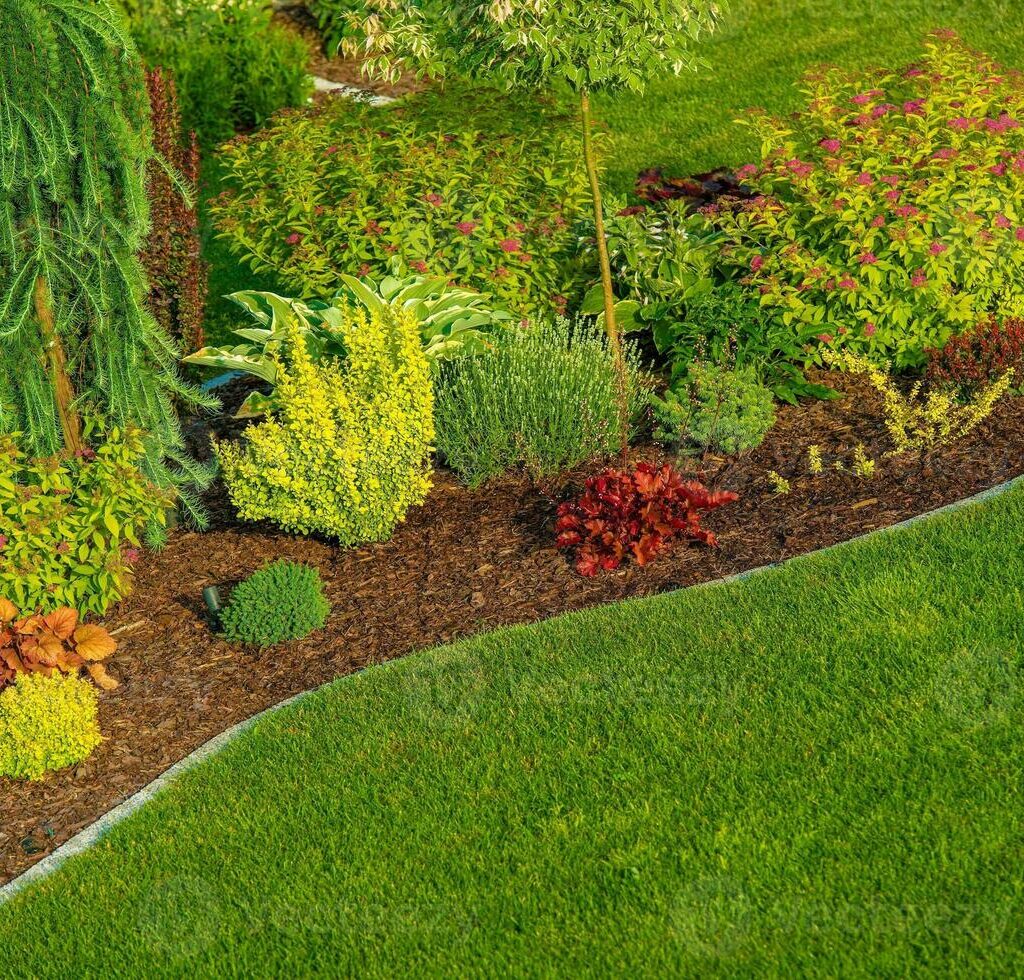
The plant selection is key to enhancing the flowing look of your wavy design. The goal is to use textures, colors, and heights to emphasize the curves.
1. Flowing Grasses
- Fountain grass
- Blue fescue
- Maiden grass
These sway with the wind, mimicking the fluid motion of water.
2. Soft Perennials
- Lavender
- Coreopsis
- Shasta daisy
- Salvia
Their mounding forms and seasonal blooms complement the smooth curves.
3. Trailing and Ground-Cover Plants
- Creeping thyme
- Ajuga
- Sedum
- Creeping Jenny
These spill over edges, softening boundaries and reinforcing the natural flow.
4. Accent Plants
Use tall perennials or shrubs like Russian sage, hydrangeas, or roses at the bends of the curves. They act as visual anchors, drawing attention to the shape.
Tips for Designing Wavy Flower Beds
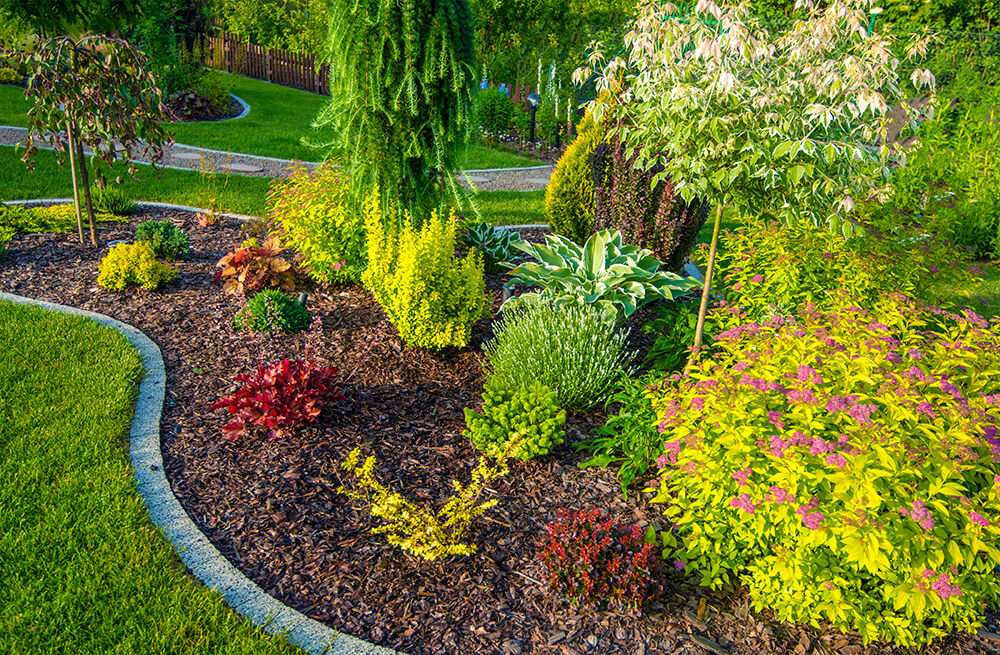
- Sketch Before You Dig
Draw out the curves on paper or use a garden hose laid on the ground to visualize how the waves will flow. Avoid sharp bends—aim for smooth, natural arcs. - Scale with the Space
In small gardens, keep the curves gentle and subtle. In large yards, you can experiment with deeper, more dramatic waves. - Use Layered Planting
Place taller plants at the back or center of the curve, medium plants in the middle, and low growers at the edges. This layering enhances the sense of movement. - Blend Colors Thoughtfully
Flowing designs work best when plant colors transition smoothly. For example, shift from purple lavender to blue salvia to pink echinacea in a wave-like gradient. - Maintain Balance
Even though the design is flowing, make sure it complements your overall landscape. Wavy beds near a modern home may need sleek plants, while a cottage garden can embrace a more whimsical mix. - Edge for Definition
Consider edging the curves with natural stone, brick, or even low-growing ground cover plants. This gives the bed a defined but still soft look.
Benefits Beyond Beauty
1. Enhanced Biodiversity
The curves allow for varied planting pockets, which attract different pollinators like bees, butterflies, and hummingbirds.
2. Water Management
Wavy beds can help direct water flow across the landscape, preventing runoff and encouraging absorption.
3. Improved Space Utilization
Corners and awkward yard shapes can be softened and made more functional with wavy beds, making your garden more cohesive.
4. Seasonal Interest
By mixing perennials, shrubs, and annuals, your wavy beds can provide color and structure throughout the year.
Common Mistakes to Avoid
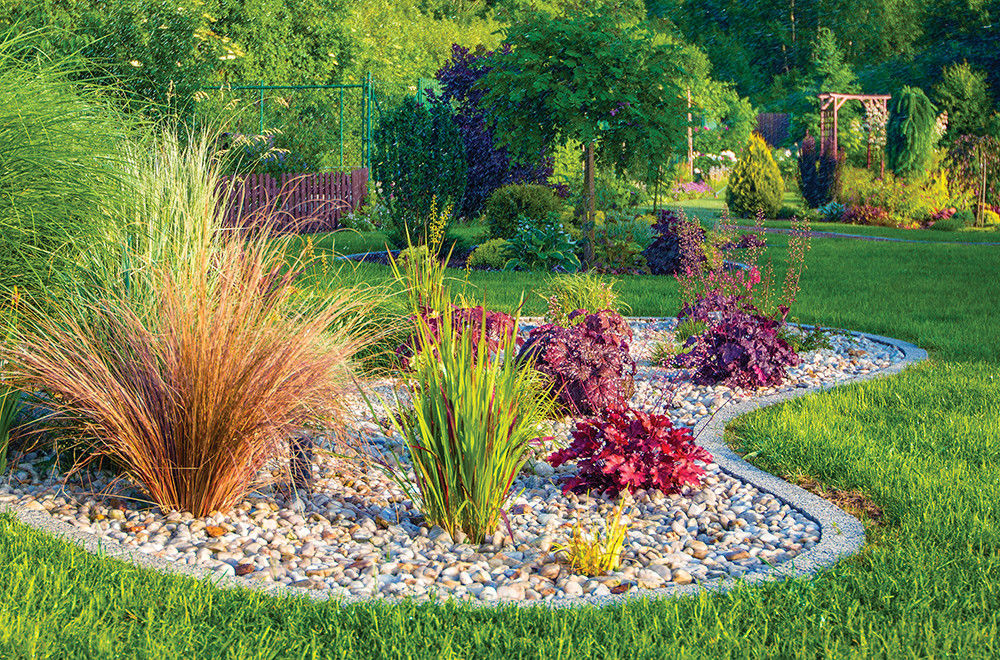
- Overly Complicated Curves – Sharp zigzags or excessive waves can look messy rather than natural.
- Poor Plant Grouping – Randomly placing plants disrupts the flow. Use repetition and rhythm in your plant choices.
- Ignoring Maintenance – Wavy beds require weeding, edging, and pruning to keep the curves crisp. Neglect can quickly lead to an unkempt look.
- Mismatched Styles – Make sure the wavy bed complements your overall landscape design. For example, a minimalist yard may look cluttered with overly whimsical plantings.
Conclusion
Wavy flower beds bring a sense of movement and natural beauty to any outdoor space. They soften rigid lines, create visual interest, and provide endless creative planting opportunities. Whether you’re designing a grand landscape or simply updating a small garden corner, adding curves can make your garden feel alive and welcoming.
With thoughtful planning—choosing the right plants, sketching smooth curves, and maintaining balance—you can create wavy flower beds that truly transform your yard. Beyond their aesthetic charm, these designs also enhance biodiversity, improve water flow, and make your outdoor space feel more connected to the rhythms of nature.
If you’re ready to move beyond straight lines and rigid beds, let your imagination flow—literally—and create a garden that dances with curves, colors, and life.





